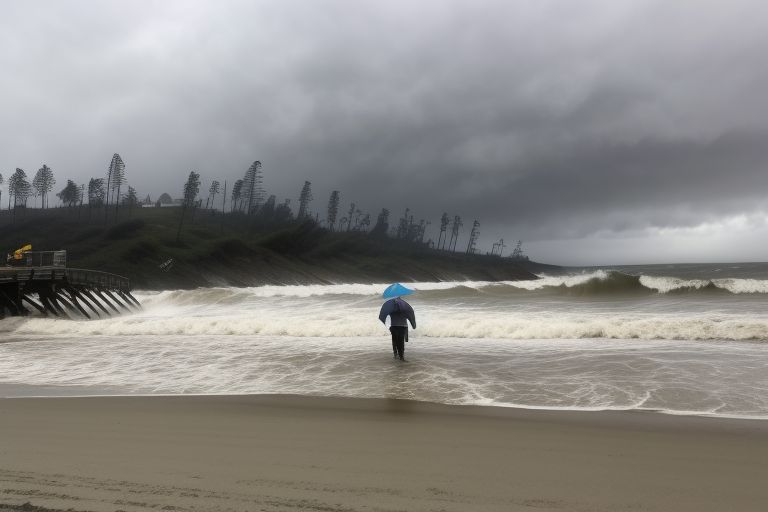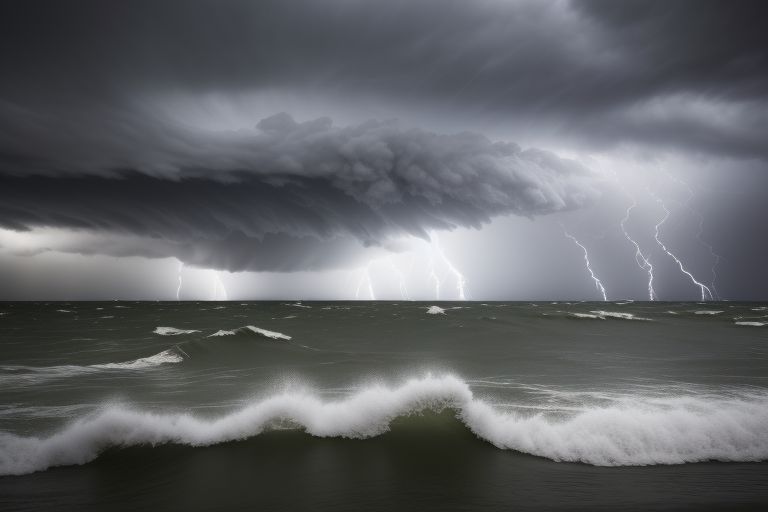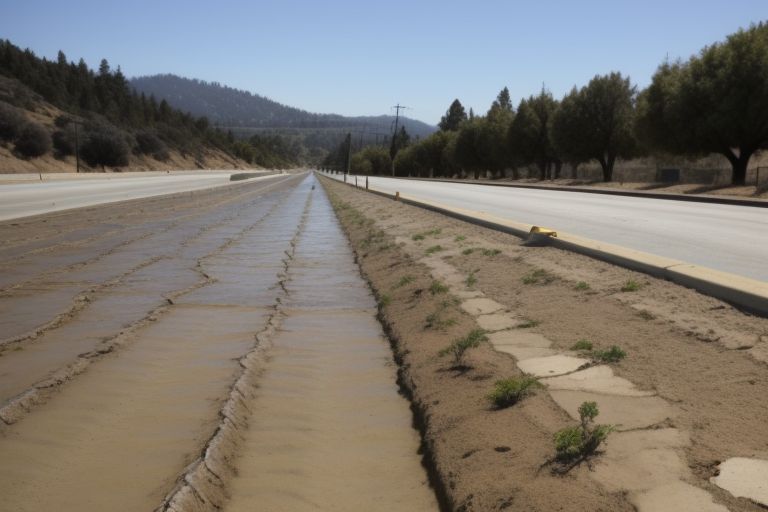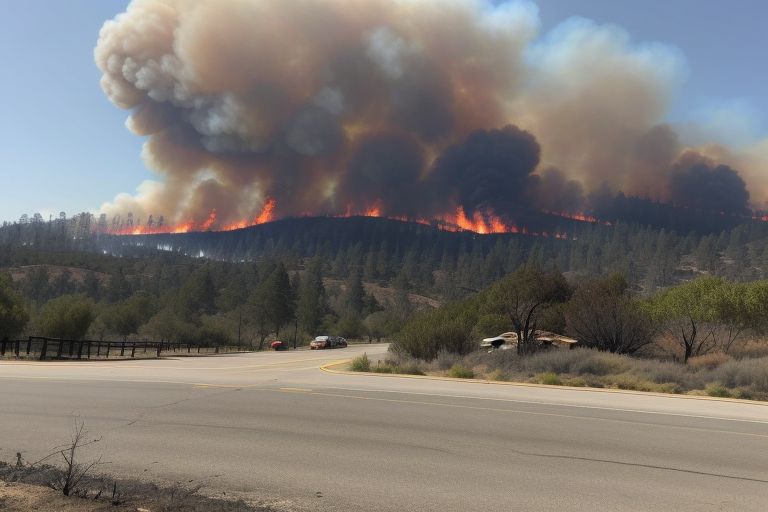California is experiencing a number of weather-related problems as Tropical storm Francine has just landed on the Gulf coast, southern part of the California with heavy rain and storm winds. Although the storm is centered in Louisiana, its outer edges extend as far east as Southern California where there is concern that any significant additional rain will cause flooding or mudslides in areas that have received a lot of rain in the recent past.
The National Weather Service has reported flood advices for a number of districts of Southern California, including Los Angeles Orange and San Diege. Lowland residents and those living adjacent to fire zones are urged to be ready to evacuate in case of flood. Governments are using the public works to drain the storm drains and provide sand to residents as they seek to avert any flood.
However, Northern California is still having a different kind of problem regarding the weather occurrences. The region is preparing for an early heat wave, with temperatures set to rise to the high nineties across some inland parts of the region. The California Independent System Operator has posted a Flex Alert encouraging Californians to save electricity in record heat to avoid stressing the power grid.
Explaining the difference in weather, the author demonstrates that the climate change in California is varied and complex. Such events are used by climate scientists to demonstrate the present day effects of climate change, due to forecasts of an increase in the number of storms and heat waves in the near future.
Due to the weather events that have occurred, Governor Gavin Newsom announced that he declared the State Operations Center functioning. Eligible Californian National Guard has also been deployed for evacuation and other disaster relief purposes if called upon to help.
While Californians try to cope with these weather conditions, the local authorities have warned people to get acquainted with the methods and necessary measures applicable concerning new changes in the climate. They urge its communities to have their disaster preparedness kit in their homes and an evacuation plan as well.
Also not to be left behind, the agricultural sector of California and its development is also paying close attention. Central valley farmers are seeking to minimize losses resulting from heat stress while on the other part of coastal farmers they are keen on losses resulting from any storm.
They occur at a time when the state has been experiencing long-term severe dry weather and continued danger of wildfires. Drought measures continue by being implemented across the state although a number of regions are now experiencing the irony of this with flooding.
In anticipation of such immediate weather conditions the state is facing, the policymakers and environmentalists have intensified their demands for enhanced climate change adaptation investments. Solutions are flooding, wildfire protection, and renewable energy production that could replace the dependence on coal, oil, and natural gas.
The next few days are apt to be revealing since all of California’s emergency response capacities are to stand trial. This is due to the fact that the management of these concurrent weather events will most likely guide future disaster mitigation planning and climate change interventions at the state level.











Leave a Reply